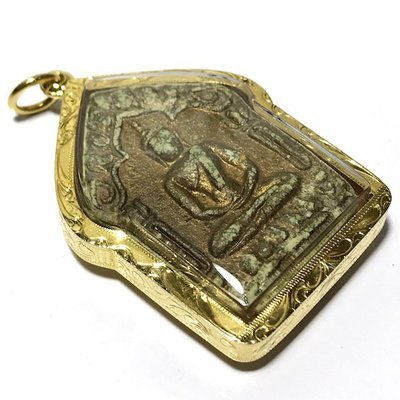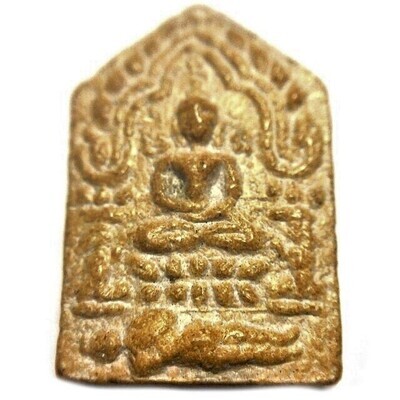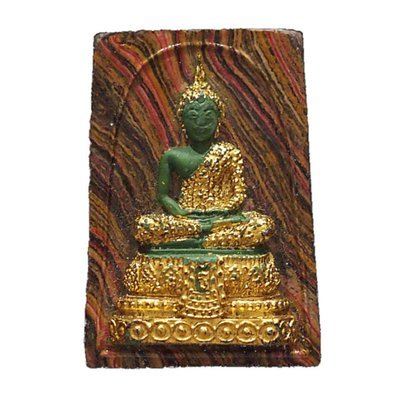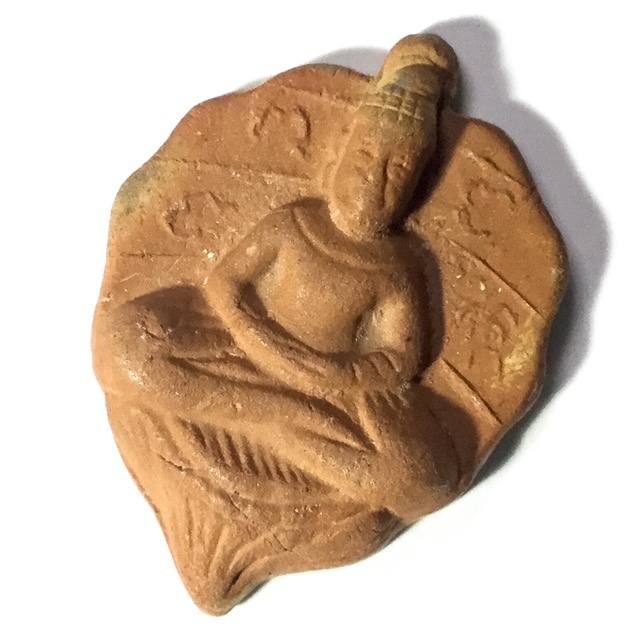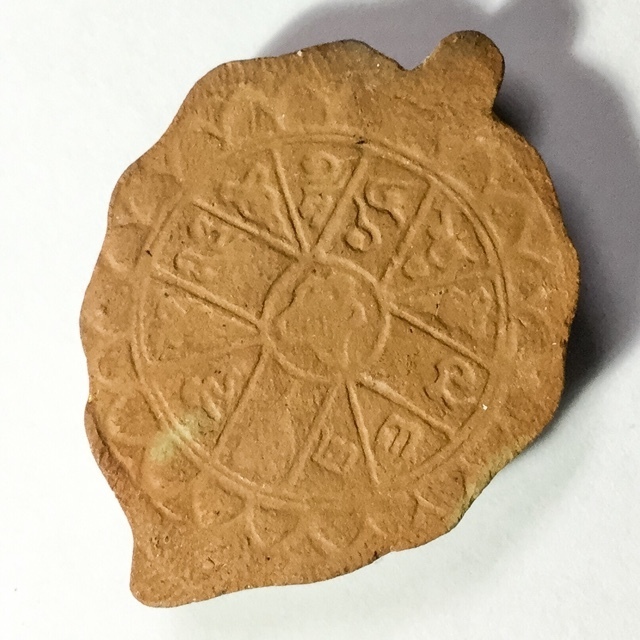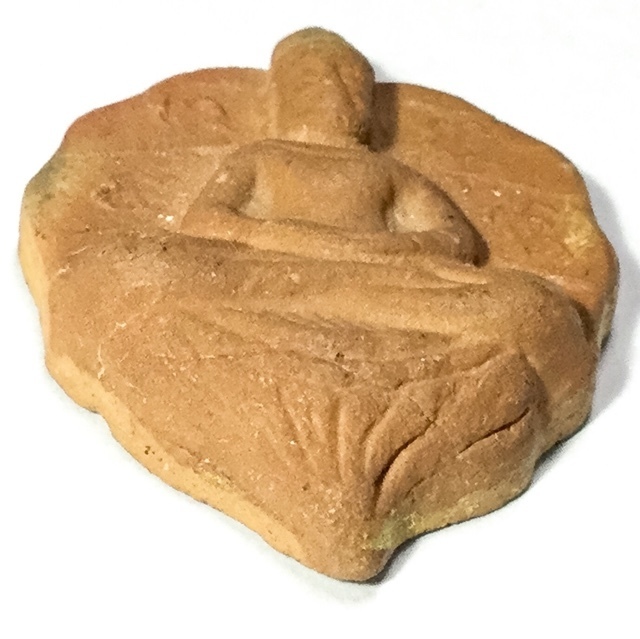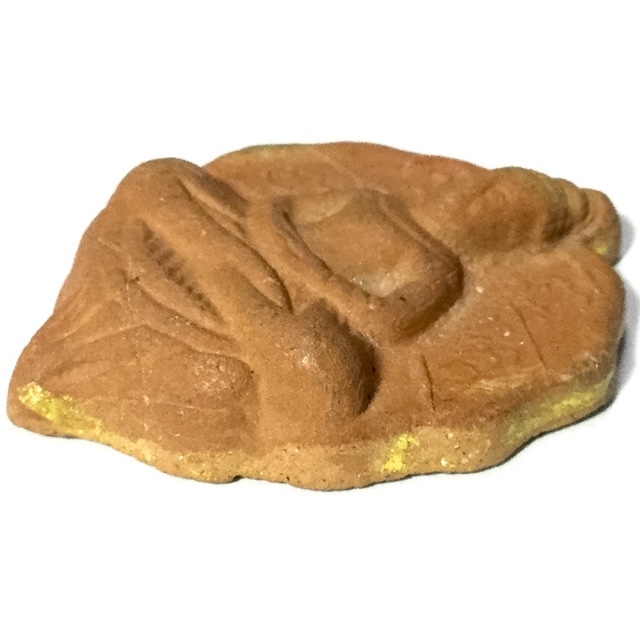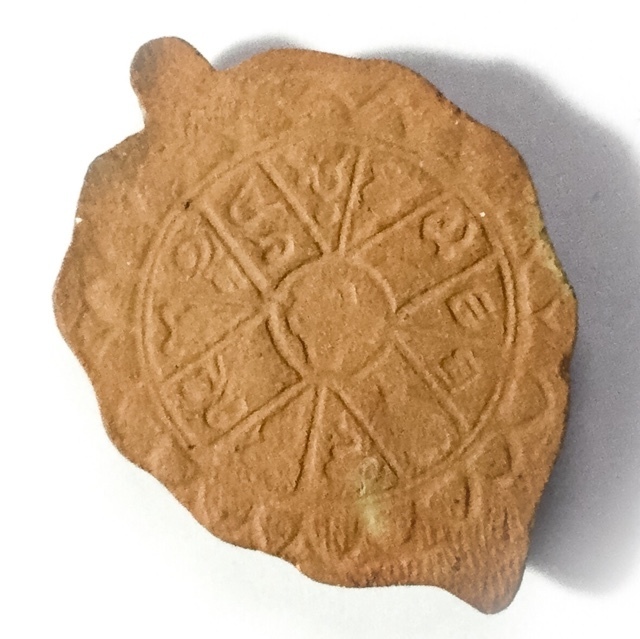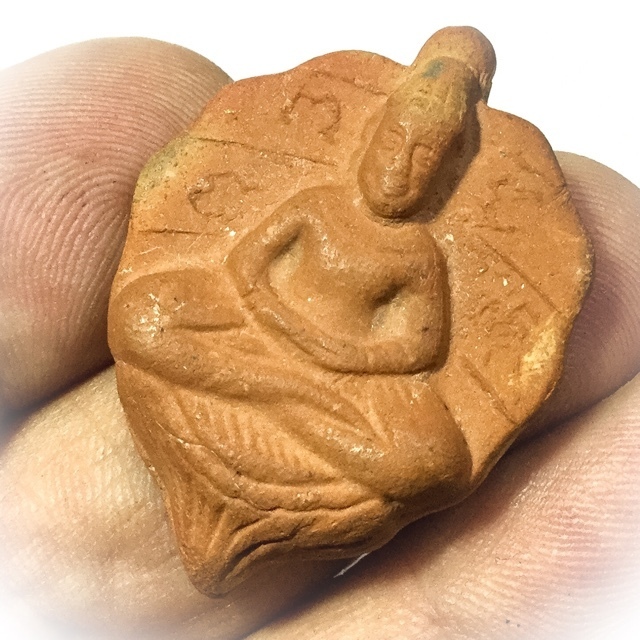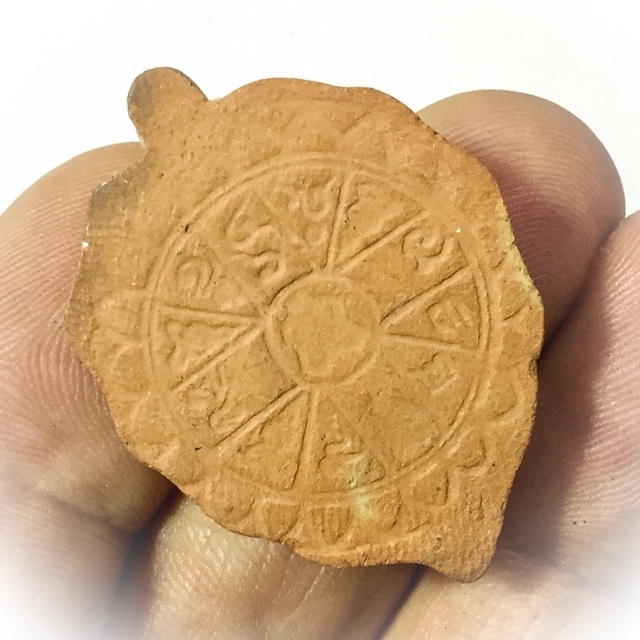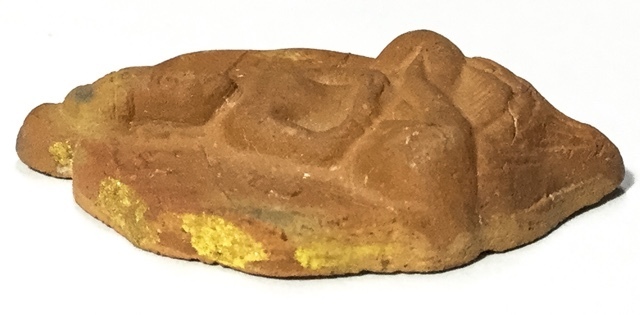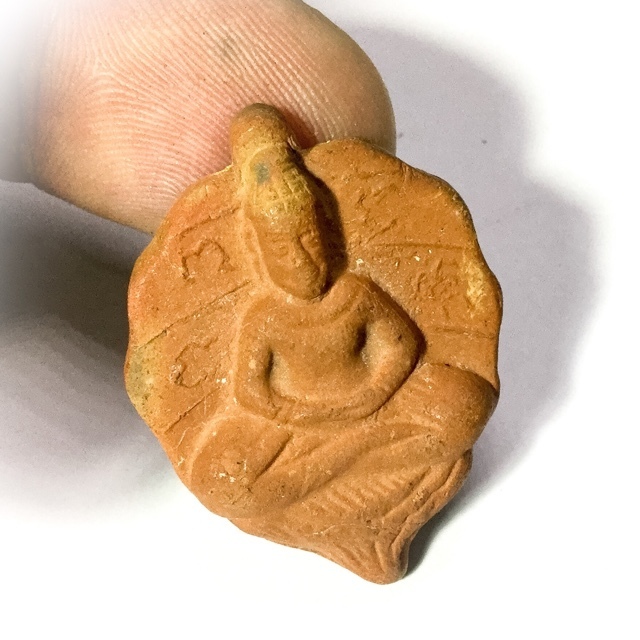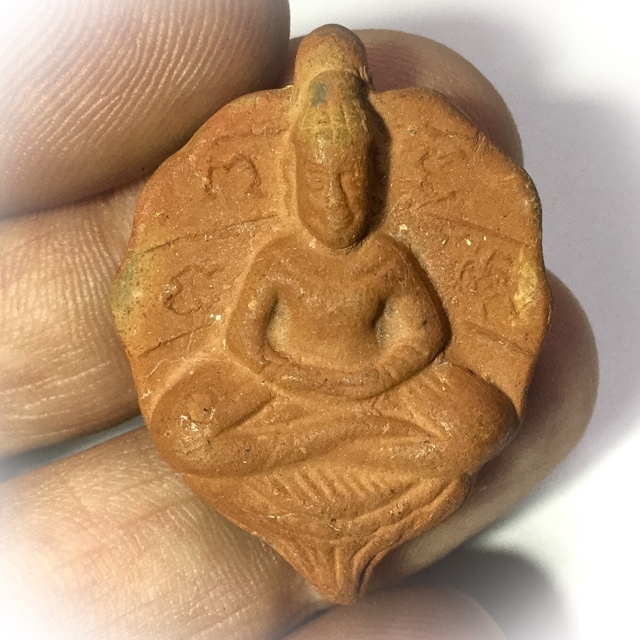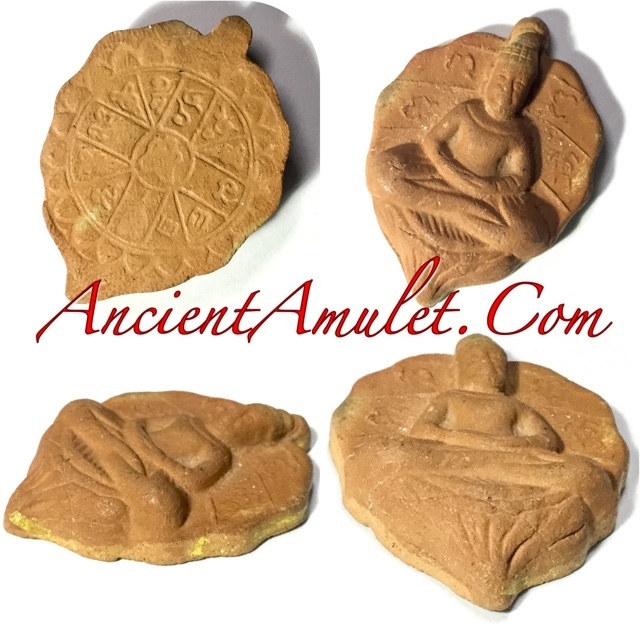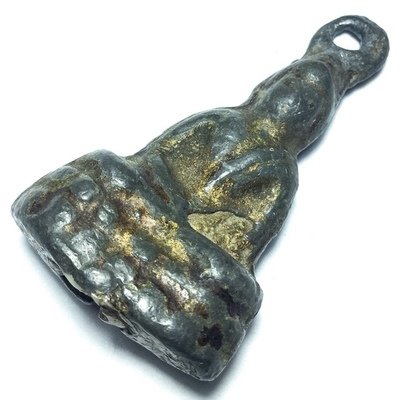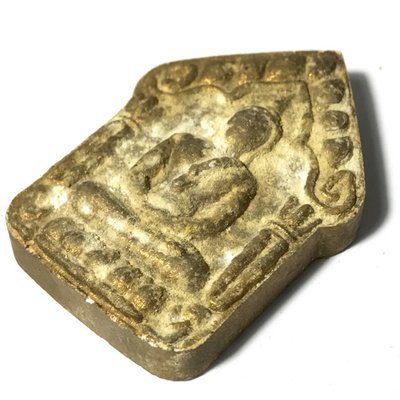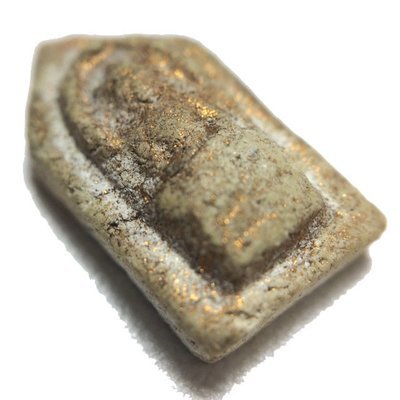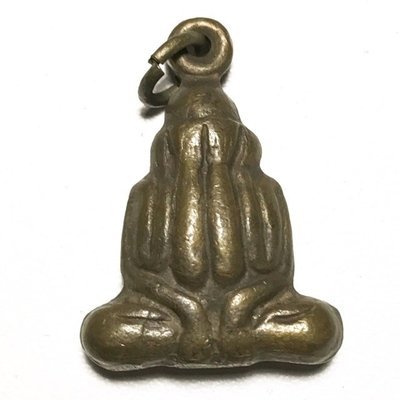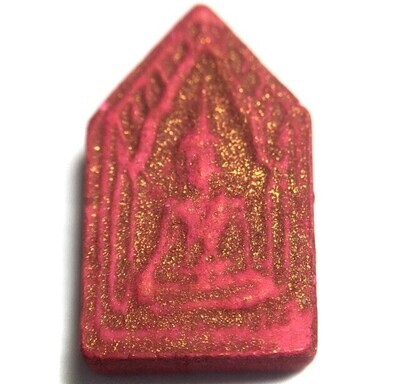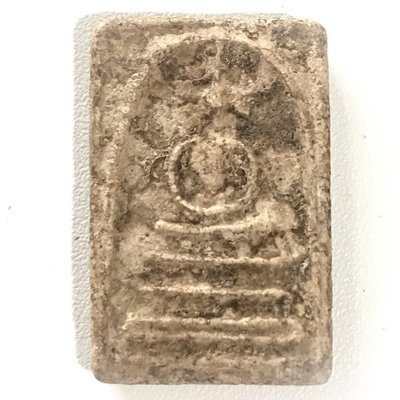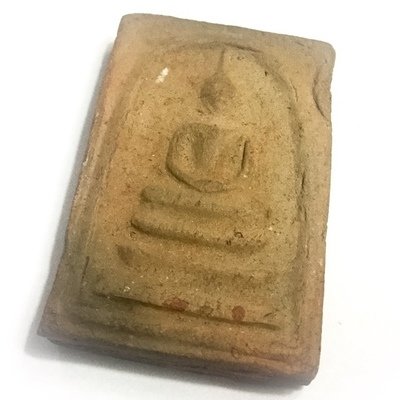
Ancient Amulet Store – Purveyors of preferred Classic Thai Buddhist Amulets for the True Devotee and Distinguished Collector
Discover the immensely deep and fascinating world of Vintage Thai Buddhist Amulets. Ancient Amulet is a long term established and internationally recognized Vintage Amulet Shop, and A Trusted Source for Classic Thai Buddhist Amulets for Devotees and Discerning Collectors, and is one of the many sub projects of informational sources created by Thai Amulet, Buddhism and Thai Occult Expert, Ajarn Spencer Littlewood . as part of his ‘Buddha Magic Project‘
Ancient Amulet provides authentic Antique and Rare Thai Amulets of the Pre and Early Post-Modern Era, of high esteem and Sacred Value, to revere, study and collect. Our Ancient Thai Buddhist Amulets are selected from the finest exhibits we can discover, and given diligent study and authentication processes. Our collection showcases time-honored amulets crafted by ancient masters, boasting captivating qualities and representing the esteemed Pra Niyom class. We offer authentic, highly valued ancient Thai Buddhist amulets from the pre and early post-modern eras, carefully selected from the finest exhibits and thoroughly examined. We invite you to study, revere, and collect these classic amulets from ancient masters, and to learn about their magical aspects and the art of amulet evaluation
Pra Po Jak Bai Po Hlang Yant Duang 2500 BE - Nuea Din - Bodhileaf Buddha with Yantra on Rear Face - Luang Por Lee Wat Asokaram
Pra Po Jak Bai Po is one of the more famously renowned and well known amulets of the Pantheon of Pra Niyom category amulets made by the Great Luang Por Lee, of Wat Asokaram. This model measures 2.8 x 3.8 Cm, and is made from Nuea Din, Baked Sacred Earthen Clay with Muan Sarn Sacred Powders.
The front face features the Budda seated in meditation, within a Bodhi Leaf, with four Khom Agkhara inscriptions around the Bodhi Leaf. These inscriptions compose the syllables 'Pu Ta Ja Gga' - the Sacred Yant Puttajak (Buddha Chakra - Wheel of Buddhas).
The rear face has the Sacred Yant Duang Horoscope Improving Karmic Shield Spell engraved into the surface of the clay.
The Pra Po Jak amulet is a series which was made using various block press molds, resulting in this series having its own Pantheon of different Pim, made from different substances, which included Nuea Gesorn (pollens), Nuea Bailan (burned sacred parchment powders), Nuea Din (reddened sacred clay), and the ultra rare and extremely highly prized 'Nuea Chocolate' (dark brown colour with smoother texture).
There are also some very rare versions such as the Khorb Tong model (Golden Edges Pim), which has golden or orange flamed markings on a predominantly darker main surface area. In addition there were many slight variations, due to the final stages before the beginning of the blessing ceremony, as time was running out, more and more devotees were called upon to help press the amulets, to get the finished before Luang Por Lee performed the blessing and empowerment.
And so there are many different appearances on the models pressed during the final stages, as some tired hands pressed the clay more shallow, and other hands pressed deeper with more strength. This of course results in each amulet having a sliughtly different appearance, which makes it difficult for all except the true dedicated students of this series of amulets, to be able to distinguish one model from the other.
This amulet is extremely popular and already tried and tested, and accepted for its power, not only by Thai Buddhists, but by devotees of Luang Por Lee and his amulets, around the world. The amulets of Luang Por Lee are becoming ever harder to find these days.
They have enjoyed the honorable status of Pra Niyom category for many years already, but in recent times, his amulets have risen to even higher importance than before, and this trend does not seem to be slowing down. We have hence decided to begin to present those few remaining amulets of this great Master we can find available, for your enjoyment and perusal.
Luang Por Lee was not only a Master Gaeji Ajarn Guru Monk of the Thai Buddhist Folk, nor was he solely famous for his amulets. In truth, Luang Por Lee is one of the great Kroo Ba Ajarn of some of the greatest monks and Arya Sangha realised Masters of the last Century.
His teachings were so great, that they inspired and led some of the great Masters of the present day and recent past.
He was an iconic teacher for the western forest tradition monks who came to Thailand to ordain with the great Ajahn Chah Supatto of Wat Nong Pha Pong, and his teachings are translated into English, and are considered immensely important teachings for the dedicated practitioner of Vipassana Kammathana practice, and especially for Monks.
Luang Por Lee began to make amulets at Wat Pha Klong Kung around 2496 BE, and used a desing he had obtained from his visit to India as the model to carve the block press molds from. The original images were from two different carved Buddha images which Luang Por Lee had from India which were carved in Ivory.
One of the images was seated in the 'Pang Samadhi' meditation posture with clasped hands on the lap, seated within a Bodhi Leaf, with four Yant in Khom Agkhara around the Buddha. This image had a Yantra on the rear face (Hlang Yant Duang). Some were also pressed with no Yant on rear face (Hlang Riap) The other image had the Buddha with one hand raised in the first sermon posture (Dhamma Dhesana).
This model was made with no Yant Puttajak (four Khom letters) on the front face, just smooth surface with leaf veins (Hlang Riap). However one can stil find variations in authentic models. There were also some which were cut around the Buddha image into a five sided triangular shaped amulet, which became known as the 'Pim Ha Liam'.
Because of the many slight variations which can be found in authentic models, it is not the best criteria to use the visual details as the main authentication method. Knowledge of the Muan Sarn Sacred Powders and their appearance, and how the clay should look, is a very important tool to use with this kind of amulet
Luang Por Lee collected the best Muan Sarn Sacred Powders from some of the greatest masters of that era to use for this edition, including sacred powders from the following; Pra Ajarn Sao, Pra Ajarn Mun Puritadto, Pra Ajarn Fan Ajaro, Ajarn Tes, Pra Ajarn Gongma, Luang Ta Maha Boowa, and the Great Ajarn Chah Supatto (Wat Nong Pha Pong). He mixed those with 108 kinds of Gesorn (flower pollens), and flowers from the monks praying to the Buddha. The powders were mixed with 100 year old prayer water from Prajinburi, and baked.
Luang Por Lee also added earths and other substances taken from the place of the Buddha's Enlightenment, and his Passing into Nibbana, which he had brought with him from India. Another very powerful and less known ingredient of the Muan Sarn Sacred Powders, was the addition of 'Sai Tham Gong Sai', which is a magical sand found inside a very hard to access cave in the mountainous forests of the south of Thailand.
He also used some 'Khaw Ruesi' which was a mysterious substance found within a strange anomaly within a sacred cave in the north eastern Isan region, which when broken open was found to have long white rice like pieces of hardened substance, which was thousands of years old.
This 'Khaw Ruesi' is believed to be rice which the Lersi Hermits living in caves to meditate in ancient times, had taken rice which they had left over, and placed it within a magical shell, and attached it to the cave wall. Fossilised Seashells from within a mountain cave were also used with the aforementioned substances, to grind down into the Muan Sarn Sacred Powders of the Pra Po Jak Bai Po.
Use the Traditional Thai Buddhist Method for Bucha;
1. Chant Maha Namasakara (3 Times)
2. Chant the Trai Soranakom (3 Times)
3. Chant Kata Aaraatanaa Pra Krueang (3 Times)
Kata Maha Namasakara
Namo Dtat-Sa Pakawa-Dto Araha-Dto Sam-Maa Sam-Put-Dtat-Sa
Namo Dtat-Sa Pakawa-Dto Araha-Dto Sam-Maa Sam-Put-Dtat-Sa
Namo Dtat-Sa Pakawa-Dto Araha-Dto Sam-Maa Sam-Put-Dtat-Sa
Trai Soranakom
Puttang Cheewidtang Yaawa Nipaanang Saranang Kajchaami
Tammang Cheewidtang Yaawa Nipaanang Saranang Kajchaami
Sangkang Cheewidtang Yaawa Nipaanang Saranang Kajchaami
Tudtiyambpi Puttang Cheewidtang Yaawa Nipaanang Saranang Kajchaami
Tudtiyambpi Tammang Cheewidtang Yaawa Nipaanang Saranang Kajchaami
Tudtiyambpi Sangkang Cheewidtang Yaawa Nipaanang Saranang Kajchaami
Dtadtiyambpi Puttang Cheewidtang Yaawa Nipaanang Saranang Kajchaami
Dtadtiyambpi Tammang Cheewidtang Yaawa Nipaanang Saranang Kajchaami
Dtadtiyambpi Sangkang Cheewidtang Yaawa Nipaanang Saranang Kajchaami
Kata Aaraatana Pra Krueang
Puttang Aaraatanaanang
Tammang Aaraatanaanang
Sangkang Aaraatanaanang
Puttang Prasittimae
Tammang Prasittimae
Sangkang Prasittimae
